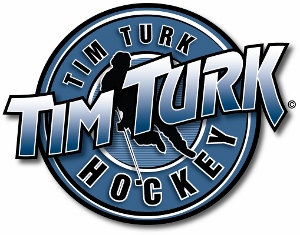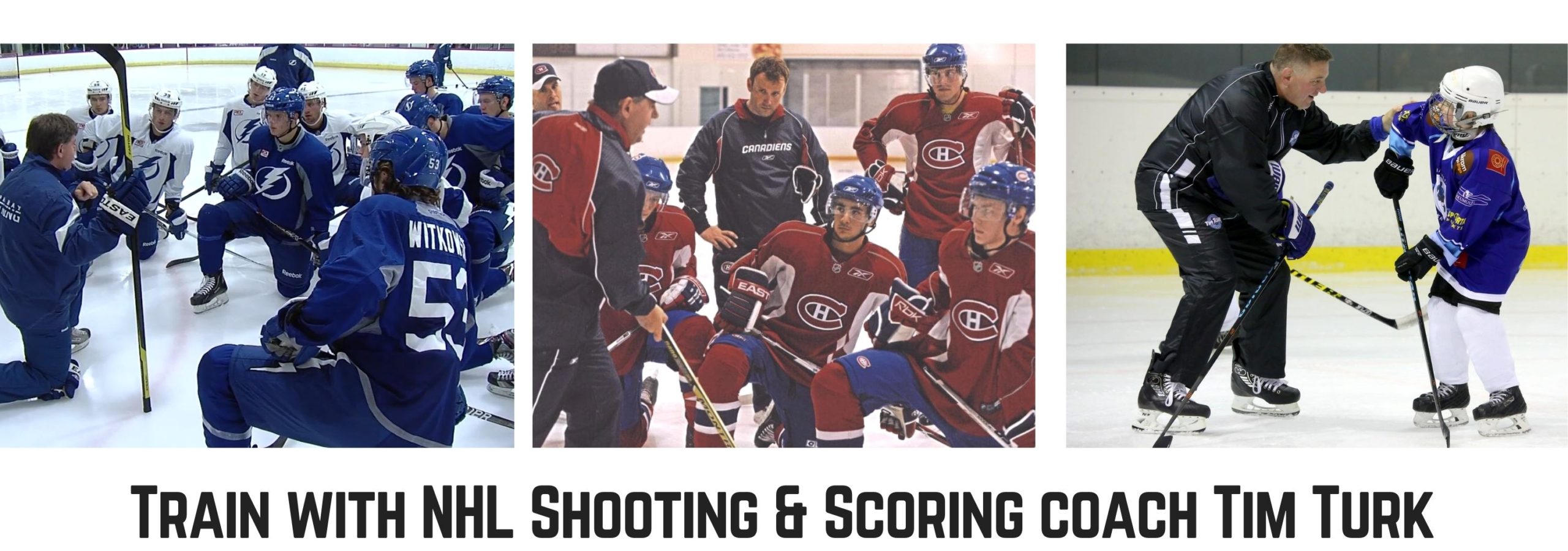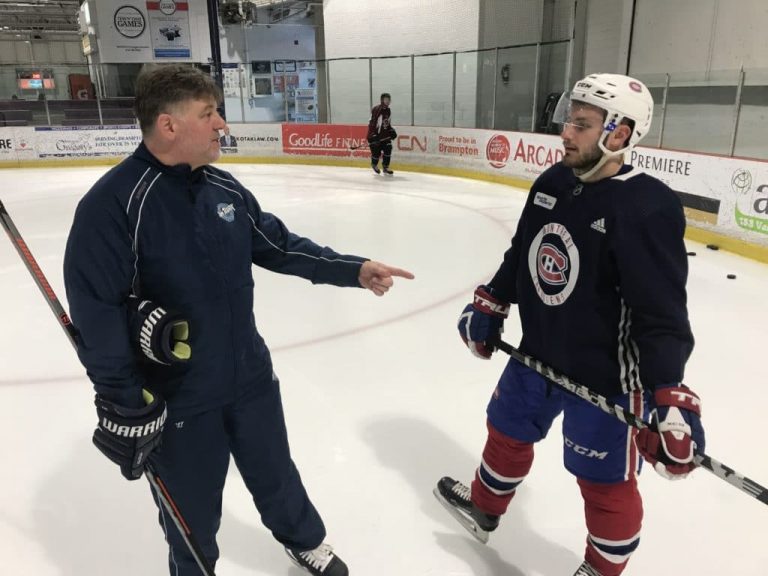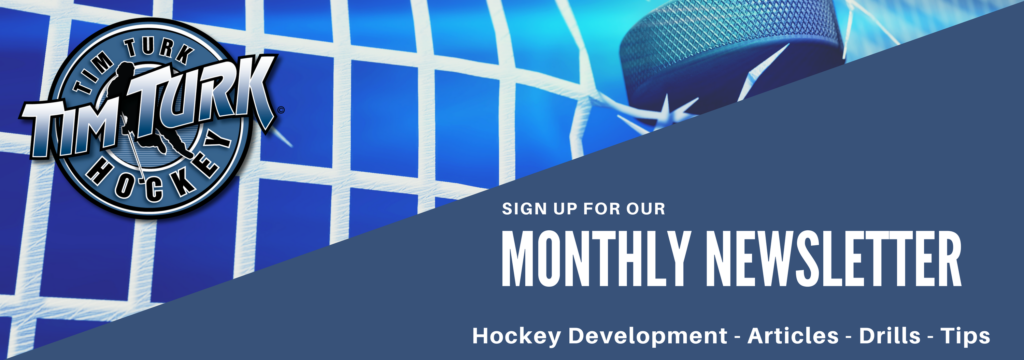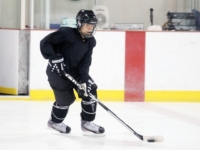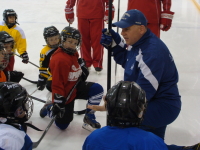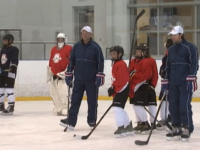Article by Arpon Basu, The Athletic.com
BRAMPTON, Ont. – It is late May and the rink is cold and empty. Only one of the three ice sheets at the CAA Centre, home of the ECHL’s Brampton Beast, is lit up. It awaits the arrival of Victor Mete as he continues his summer project.
This is Mete’s second session of the off season with Tim Turk, a skills coach who specializes in every aspect imaginable of shooting a hockey puck. He calls sticks “tools” and slap or snap shots “impact shots” and can break down the tiny details of both – the tool and the swing of an impact shot – to provide the little advantages that are the difference between an NHL goal and a save.
The end goal, of course, is for Mete to end the NHL’s longest current goal drought. He has played 120 games in the NHL and has not scored once; no player currently in the NHL has gone as many games between goals, with the added distinction of going this deep into his career without one.
Mete’s take on this has been consistent, continually saying it doesn’t bother him that he hasn’t scored a goal yet. It’s become a running gag in the Canadiens room, with Andrew Shaw ribbing him over it as recently as locker clean out day, and his buddy Jesperi Kotkaniemi adding a little offseason shot for good measure.
When Kotkaniemi was told last month that The Athletic would be joining Mete on the ice as he worked with a shooting coach, Kotkaniemi laughed before adding a suggested headline for the story.
“You should title the story The Victor Mete Scoring Clinic,” he said with a big smile.
You get the idea.
What Mete was doing in this cold, dark rink in late May was attempting to not only put an end to the jokes, but to make a difference at the offensive end next season. To be a contributor. This is one way he can do that, by making his shot more dangerous and effective.
This is Turk’s specialty, because he can pinpoint the tiniest detail that would help Mete make those contributions. It didn’t take long to see the first example of this expertise at work.
Mete was on the ice warming up and let go of a slapshot – sorry, impact shot – from the middle of the ice. Turk was skating away from him, he didn’t see the shot, his back was to him, but he still informed Mete as soon as he let go of the shot that he needs to change the specs of his tool.
He knew because he heard it.
“It gets to a point where I can acoustically know,” Turk says.
The next day, Turk explained what he heard.
“He was trying a newer stick that was a little bit of a stiffer flex,” Turk said. “What happens is it reacts differently on the puck and the ice impact, so it sounds different. The less flex, the more snap you hear, the more flex, the more of a thud you hear, the harder impact that you hear.
“So I was hearing that hard impact.”
This is the level of detail involved when you work with Turk. This is what Mete came to this cold, dark rink in late May to learn. This is what he allowed The Athletic to come see. The biggest takeaway from the hour spent on the ice with Mete, Turk and a friend of Mete’s, Joseph Mizzi, was the incredible extent to which Mete is coachable.
Every time Mete took a shot, Turk would suggest a slight tweak meant to improve its efficiency and velocity. And every single time, Mete would execute the tweak perfectly on the very next shot. Turn your right foot toward the net, open up your hips, push off with your back foot as you release the shot, again and again and again.
It’s not difficult to understand how Mete made the adjustment from junior to the NHL relatively seamlessly in spite of the obstacles in his way.
“Not every player, even at the NHL level, is like that,” said Turk, who works with multiple NHL players including Brendan Gallagher, a client for nine years. “You know he wants to work, and he likes this type of teaching process.”
What does that process entail? Let’s jump on the ice and find out.
The session begins with a warmup where Mete and Mizzi start in a corner, Turk sets up along the boards at the blueline, takes a pass and redirects it to the middle where they curl to meet the puck and shoot it on goal. Pretty standard stuff, right?
It was during this basic warmup that Turk provided the type of tiny detail he is known for. As Mete shot it, Turk immediately bellowed how perfect the shot was because, as opposed to his earlier suggestion to make adjustments to Mete’s stick, he didn’t hear anything.
“Yeah!” Turk yelled. “That silencer’s beautiful!”
Turk went on to explain to Mete and Mizzi that goalie coaches will teach to listen for the sound of a shot coming. The impact of a stick on the ice or on the puck. When the goalies hear that, even if they are looking through a maze of sticks and legs and are unable to see the puck, the sound of the shot will trigger a reaction to get big in goal in anticipation of a puck emerging from the visual obstacles in the way.
“So if you can silently release it coming through the shooting lanes, it’s going to produce more goals,” Turk explained.
And so Mete and Mizzi focused on having their shots make no sound, or at least as little as possible. This is the first layer of adjustment Turk laid down. There would be many more to come.
The first drill
Again, a super simple drill that suddenly gets complicated as Turk adds layers of changes, one after another.
Turk pulls out a stickhandling aid – a piece of a stick shaft propped up on two hockey pucks at each end – and has the pucks on one side of it and the shooter on the other. Simply put, the shooter had to pull the puck under the aid and then, with the puck still in motion, make an impact shot on goal. Again, pretty simple at first, but just wait. There is, in fact, a lot going on here.
“The closer the puck is to the net, the better it is,” Turk explains.
That one statement says a ton.
First off, Turk is referring to the position of the puck in relation to the shooter’s body. So the puck should not be directly in front of the shooter, but slightly ahead of him, or closer to the net. Aside from the obvious reasoning that the puck being closer to the net improves its odds of entering said net, there are two other primary benefits. The first is that if the puck is ahead of you, it reduces the amount of stick motion required to get the shot off because it basically forces you to use a quick release. But the other aspect is the most important one, which is that having the puck positioned there forces the shooter to get closer to the ice, or get lower, which allows him to generate more power on the shot.
Once the puck positioning is addressed, Turk adds another layer. The lead foot, so in Mete’s case his right foot, must be pointed towards the net on release. This accomplishes two things, the obvious one being that it helps with aim because the foot is pointed towards the target and not off to the side. But the next one is more important; having the lead foot pointing toward the net forces the shooter to open his hips, which is the part of the body that power is generated from.
Next, once that is settled – and again, just to emphasize the point, Mete only needed to be told once before making the adjustment immediately – Turk turns his attention to the other foot. So with the front foot pointed toward the net and the puck positioned slightly ahead of the shooter, Turk asks Mete to push off on his back foot, or his left foot, as he is shooting. This is not a natural motion, but one that once again helps in a number of small ways. For one, it forces the shooter to straighten his back leg as he shoots, which has a variety of benefits including body alignment and optimal power generation. But that is not the primary benefit.
As you can see here, Mete’s back leg is not straight. By the end of the session, it was.
“See that?” Turk asks Mete once he yet again executes the adjustment perfectly on his first try. “You’re getting lower. That’s the point.”
At first glance, this was a rather simplistic drill for players of this calibre, far from rocket science. But there is science behind it, and that’s why Turk is there.
“I’m trying to establish a transfer of weight with their body alignment going towards the target,” Turk explained the following day. “Think of spine angle; the spine needs to be as upright as possible but low, and the chest needs to be forward a little bit. So when they push off, it’s like a weight transfer towards the target and it also mimics a game situation, where they would be in motion, hips facing the net, toes facing the net. So that allows them to get that feel.”
Second drill
Again, this is about as simple as things can get with complex benefits. It is a two-touch drill.
The shooter places himself in the high slot. Turk is at the boards, hits him with a pass, the shooter accepts the pass – that is one touch – then rotates his body into a shooting position on the puck and shoots it, the second touch.
Basic, basic, basic.
But again, there is much more going on here than meets the eye. First is puck positioning, which in this case is accomplished by how you are positioning your body as it rotates to “surround the puck,” as Turk called it. It is important to remember while doing this that the puck needs to be slightly ahead of you and not right in front of you for the same reasons Turk explained in the first drill.
On the first try, Mete hammers an impact shot top corner.
“Beautiful!” Turk yells. “No way you can do that again.”
On the next one, Mete drills one off the crossbar.
They do this over and over again, with Turk making tiny adjustments along the way just as he did in the first drill, further complicating the drill with each one.
“Number one is to establish proper puck position,” Turk said. “So when you stop it in a certain area, the better prepared it is, the better you can put proper power output into the shot. Two, you need to protect it, you need to shield it, so that’s where you’re activating hips, you’re swinging around, you’re surrounding it, you’re creating a shield when you need to take that shot. And three, every time you do an impact shot of that nature your stride leg needs to go back, so it’s reiterating that knee lock and the elbow lock to sustain the power when you do it.”
That elbow lock was something Mete did not do before. As he was watching Mizzi shoot, he noticed his right arm – the bottom hand on his stick as he is a right shot – was straight and asked Turk if his left arm should be straight when he shoots.
“On an impact shot, the stick is like a pendulum swinging in a straight line,” Turk says as he demonstrates with his stick swinging back and forth.
The elbow lock, much like the knee lock, provides optimal power generation and consistency in the shot.
One final tip from Turk referred to the follow-through on the shot, how limiting the follow-through while maintaining the power at impact is a far better option than having the stick swing through the shot like a golf swing. He references Shea Weber as an example.
“No problem,” I tell Mete once Turk is done explaining it. “Just shoot it like Weber.”
Mete laughed. But there is a reason Weber shoots like that, and he’s not the only one. Weber’s shot is incredibly compact; the stick doesn’t travel too far back and it stops almost immediately after impact.
Here is why.
“If you think about body control and action or possible reaction, the ability to be ready for what comes next, so whenever you do a motion pattern, if you overly extend or overly follow through, it takes your stick and takes your body in an upward trajectory. Everything’s kind of going up,” Turk said. “So when they’re shooting I’m trying to make sure they still go full power and that the follow through is still there, but minimize how long the extension is as long as you’ve locked your arm. A lot of players they’ll take a shot and their back arm, even if they lock it, it will be parallel to the ice in a straight line towards the target in front of their chest. But you can still lock your arm in a straight line and have the trajectory be at a 45-degree angle down; that’s what Vic was doing when he was doing that quick release. That was like music to my ears when I heard the impact and it’s a beautiful sight, because he was now sustaining his body position.
“So you have to do full power, let the impact take place, but then you’ve got to decelerate to make sure you’re prepared. If it hits a shin pad and your arm’s parallel to the ice, then that reaction time to get your stick from there all the way down to the ice is a lost opportunity. If your hand’s that low, then your blade is lower to the ice and you can possibly react on something.”
These are the tiny details that could make Mete’s shot a weapon next season, but the important part of his summer work will be maintaining what he learns and executing it in live action situations next season. None of these things – pointing the front foot toward the net, pushing off the back foot, locking the back knee or the bottom hand elbow – are natural to Mete. Therefore, he may be susceptible to Turk’s favourite catchphrase, which is “reverting to comfort.”
The trick will be for Mete to do these things often enough this summer to make sure they become his new comfort.
“I’m not done with him now, I’m going to keep going on with him throughout the summertime, so hopefully by then it will have been four months that I’ve worked on it so it will become more natural than it was come October,” Mete said once the session was over. “Plus, you can always work on it during the season.”
What will make working on it during the season easier is the knowledge that Turk will be watching. When he sees Mete reverting to comfort, he will reach out and let him know.
“If I see something during the season, I’ll just send a text saying, for example, lock equals power,” Turk said. “Or hips back, or something like that. I’ll just send one or two words, send a text off and then they can re-establish that again.
“The guys who I have a personal connection to, I’ll do that if they accept it. But it has to be agreed upon because these guys are under so much pressure.”
Mete has already booked four more sessions with Turk this summer, a number limited by Turk’s busy offseason schedule working with kids right up to the pros; he will be back in Vancouver in July to work with Gallagher and the other pros that work out at his father’s gym for a seventh straight year.
But Turk is convinced Mete’s shot can become a weapon at the NHL level if he is able to implement certain adjustments, the first one being his stick.
“I think his tool needs to be fine-tuned, which is his stick,” Turk said. “Once we fine-tune his stick; you’d be surprised how, with these guys, their confidence levels are dictated through what we do with their stick and how it works for them. Vic’s in between right now. He knows that changes need to be made. So when he gets to the end product, then he’ll be more confident and comfortable in being able to place the puck where he wants, when he wants. So it’s a combination of getting his stick fitted properly with his confidence level rising to take the shot at any time in any situation that he’s in.
“I’m not making predictions, but I know that if he keeps this up this summer the way he’s going, he’s going to have a serious year. Then from there, I’m pretty sure he’s going to have more offensive output this season.”
June 7, 2019 – Article & photos by Arpon Basu – re printed with permission from The Athletic.com
